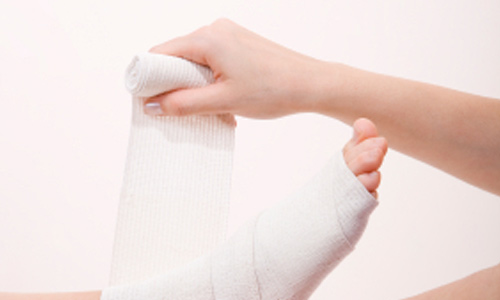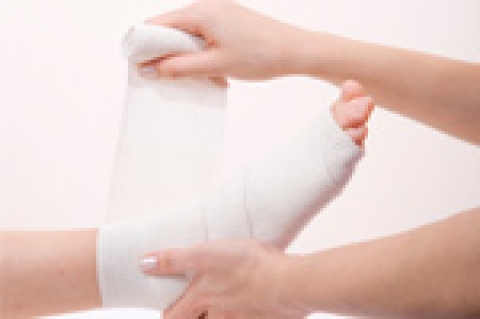
Any bone in the human body can break partially or shatter completely if it experiences a physical trauma or force that is greater than its “breaking point,” or what it can absorb. The bones in our bodies are continually experiencing cell renewal – and as we get older, cells can break down more quickly than they can be renewed, which causes osteoporosis.
Fractures typically result from a fall, from rough physical activity, or from an accident. Other causes are genetics, aging bones, poor diet, or overuse caused by repetitive-motion stress.
Main Categories of Bone Fractures
Complete fracture occurs when a bone breaks in one or more places.
Displaced fracture occurs when the bone breaks and separates, so there is a gap at the break between the two ends. This usually requires surgery to repair.
Stress fracture also called a hairline fracture, is a very fine crack in the bone. This type of broken bone can be difficult to see on an X-ray scan.
Partial fracture is when the bone cracks, but the break does not go all the way through the bone.
Open fracture occurs when the broken bone punctures through the skin. This is also called a compound fracture, because not only is the bone broken but the patient is also exposed to infection because of the broken skin.
All of these types of broken bones listed above require immediate medical attention.
Specific Types of Bone Fractures
The severity and type of a fracture depends on how the bone was broken in the first place. Fractures are identified by different names, and we highlight some of the most common types below:
Transverse fracture occurs when the bone breaks in a straight line, right across the bone.
Oblique fracture occurs when the bone breaks diagonally and angles across in a curved or sloping pattern.
Buckled or impacted fracture occurs when the broken ends of bone are forced, or telescoped, into each other. These are often seen in children’s arm fractures.
Pathologic fracture is a result of the bone being weakened due to osteoporosis or other diseases.
Compression fracture occurs when the bone is crushed, causing the broken bone to widen or flatten in shape.
Greenstick fracture is an incomplete fracture where the bone cracks and bends on one side, but the break doesn’t go all the way through. This type of injury is seen most often in children, because their bones are softer and are still growing.
Spiral fracture is when the break occurs in a spiral pattern around the bone. This type of broken bone is commonly seen in an injury caused by a twisting fall or force.
Unstable fracture is when fragments of the broken bone are misaligned and displaced.
Comminuted fracture occurs when the bone breaks or shatters into three or more pieces.
Orthopedic Surgeons in Delray Beach
The skilled, caring medical team at South Palm Orthopedics provides quality, comprehensive orthopedic care. To learn more about fractures and their consequences if left untreated, call our orthopedic specialists today at or request an appointment online. We look forward to helping you regain the active lifestyle you’ve always enjoyed.

